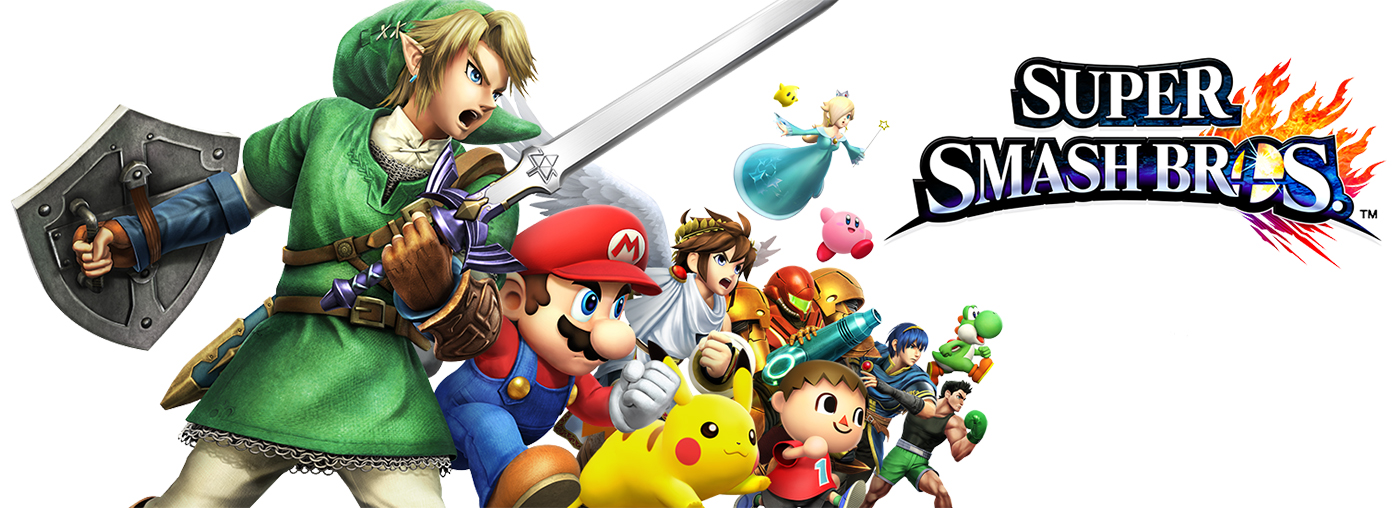
Nintendo will host the last “Direct” presentation for Super Smash Bros.(SSB) on December 15th at 5PM ET. As those that follow Directs will know, this is the third presentation dedicated solely to the brawler, alongside frequent SSB announcements through the regular Nintendo Directs. It’s been a refreshing year of experimentation and additions from Nintendo; we’ve seen eight stages and five characters announced as DLC so far, and it’s likely the final show will give us a couple more surprises. This slow but steady dripfeed of content wasn’t a fresh idea — games like Call of Dutyhave been doing similar things for years — but Nintendo’s adoption of the technique broke new ground for the company.
Nintendo’s released a smattering of paid DLC before, of course, from its early experiments with New Super Mario Bros. 2 up to the large level and character packs for Mario Kart 8. But it’s never looked after and engaged with a game’s audience in the same way it has with SSB. It’s all representative of the company’s attempts to rethink its practices and keep pace with the rest of the video game industry.
Over the past couple of years, Nintendo has caught up a lot. It learned fromSkylanders to introduce the wildly popular Amiibo figurines (which arrived with SSB); it agreed to let another company with more experience in online gaming design its version of Xbox Live or PlayStation Network; it released heavily online games in the form of Splatoon and Mario Maker and it introduced free-to-play titles. Nintendo has even embraced the idea of mobile games. And now it’s proved it can do DLC and fan engagement with the best of them.
If you’re a Nintendo diehard, you probably might not appreciate all of the above achievements. But Nintendo needed to change a little to survive, and it’s done all this almost entirely without compromising on its core values. Sure, there have been a couple of missteps with free-to-play —Pokémon Shuffle is just the worst — and some icky Mercedes-Benz tie-insfor Mario Kart and Mario Maker, but its DLC add-ons have for the most part been just that: add-ons. SSB and Mario Kart 8, for example, are both rich, full games with enough content to make gamers happy from the offset.
Building on what SSB started, Nintendo released the online shooterSplatoon back in May. It’s seen fresh game modes and new arenas added even more regularly than SSB. There’s even a web portal for gamers to check on their stats. Nintendo’s also making good on its promise that Amiibo are a platform, a kind of physical DLC. Activating AI companion fighters in SSB is great, but adding new levels and challenges in Splatoon is even better. Nintendo has said on more than one occasion it will continue to build on the Amiibo conceit with new features.
So as sad as it is to see the end of SSB‘s update cycle, it’s worth applauding Nintendo for doing this well. It certainly took its time to get the ball rolling — the thought that it would support games with online updates for this long was unthinkable even two years ago. But this hasn’t happened by accident, and the company’s careful and considered approach is starting to pay dividends. Releasing good DLC and supporting your games properly sounds so simple, but so many get this wrong so often. Nintendo, with its first real attempt, has got it right.
[“source-engadget”]





